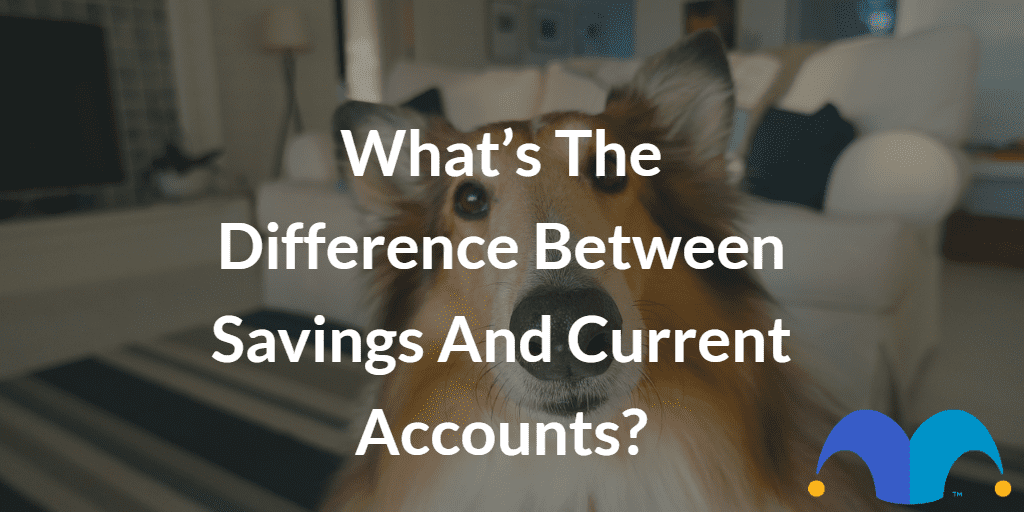A current account’s purpose is for everyday banking – like getting money out from the hole in the wall or paying bills. On the other hand, a savings account is designed for… well… saving.
But does that mean you should always stash your cash in a savings account, as opposed to a current account, if you’re looking to get the highest interest rate? The answer may surprise you.
But before we dive in to answer this question, here’s a whistle-stop tour of the main differences between current accounts and savings accounts.
What is a savings account?
Savings accounts are usually very easy to open as they don’t require you to undergo a credit check (unlike with a current account). Here’s what you need to know about a typical savings account.
There’s no overdraft facility
The reason why you don’t have to undergo a credit check before opening a savings account is because you aren’t applying for any type of credit. As a result, this means you can’t spend, or withdraw, any more than you have in your account.
You’ll earn a variable interest rate
Open a savings account and you’ll receive interest on the money you have sitting in your account. This interest rate will be variable, so may change at any time.
If you haven’t moved your savings in a long time, you could be earning a pitiful rate, possibly even 0.01%! That’s why it’s a good idea to shop around for a decent savings account on a regular basis.
Withdrawals may be limited
While a savings account holds your money, some accounts will limit how many withdrawals you can make in a year, so bear this in mind.
You’re unlikely to get a debit card or cheque book
You won’t typically get either of these with a savings account. If you need cash, you’ll need to withdraw it or transfer it to a current account.
What is a current account?
A current account, commonly referred to as a ‘bank account,’ is designed for your everyday banking needs. For example, you’ll need a current account for our salary to be paid into, or to make online payments.
Here’s what you need to know about a current account.
You’ll get a debit card
This special type of plastic lets you pay for lovely new stuff without having to use cash. The amount is then deducted directly from your current account.
You’ll have the ability to set up automatic payments
A current account allows you to set up a regular payment to a friend or family member via a ‘standing order’. You also have the ability to make monthly bill payments. This is known as a ‘direct debit’.
You’ll get access to an overdraft facility
This lets you spend more money than you actually have (up to an agreed limit). Some of the top-rated current accounts will even give you a 0% overdraft, allowing you to borrow for free.
There’s the ability to ‘bank on the go’
Almost all current accounts allow you access your account online, or via a dedicated mobile app. This means you can organise and send payments even when you’re out and about.
You’ll get a cheque book
While they’re slowly being phased out, cheque books still exist.
What’s the difference between current and savings accounts?
Current and savings accounts are inherently different beasts. If you need an account to receive your salary, or to pay regular bills, then you’ll almost certainly need to opt for a current account.
However, if you’re looking to stash a bit of spare cash, or you don’t want to undergo a credit check, then it’s probably best to go for a savings account.
But what if you just want to chase the highest interest rate?
Current account vs savings account: which pays higher interest?
You may be surprised to hear that interest rates on some top-rated current accounts often beat the interest rates offered on the top-rated savings accounts.
However, like many things in life, there is a catch. Typically, in order to benefit from a high rate of interest on a current account, you’ll have to meet a number of criteria. This may include having to make a large monthly payment into your account, or having at least two direct debit payments paid out of your account each month.
Additionally, current accounts that pay high interest will sometimes only pay this on very small amounts. So if you have more than a few thousand saved, this could be a problem.
With savings accounts, such stipulations typically don’t exist. So if you have a decent amount of spare cash, it may be better to stick with tradition.
